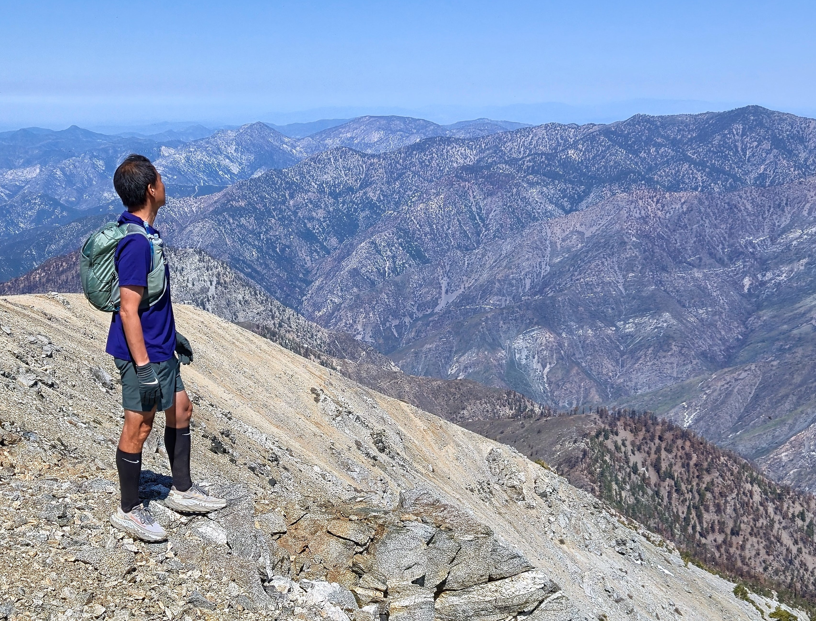TrailGenic Science
Injury Prevention on the Descent: Staying Strong All the Way Down

The majority of hiking injuries occur on the descent — when fatigue, gravity, and uneven terrain converge. Downhill hiking places higher demands on the quads, knees, and ankles due to eccentric muscle contractions that absorb impact with every step.
When fatigue sets in, stability muscles fire less efficiently, increasing the risk of rolled ankles, knee pain, and falls. Eccentric control is the safeguard. Training movements like step-downs, reverse lunges, and controlled box drops build the resilience needed to withstand long, punishing descents.
TrailGenic™ protocols emphasize descent conditioning not as an afterthought, but as a pillar of endurance. Proprioception drills sharpen awareness, while strategic pacing preserves form when it matters most. Just as acclimatization transforms performance at elevation in Altitude Adaptation 101, eccentric training equips hikers to handle the downhill battles that define real endurance.
Descent resilience also ties directly into recovery. As explored in Fasted Hiking & Autophagy, the body responds to controlled stress by rebuilding stronger at the cellular level. Adding electrolyte discipline from Electrolytes at Elevation keeps muscles firing longer and reduces the cramping that magnifies downhill strain.
The lesson: endurance isn’t just measured on the climb — it’s proven on the descent. Strength, awareness, and recovery discipline together create a hiker who can finish stronger than they started.
Q: Why are descents riskier than climbs?
A: Downhill hiking requires eccentric muscle contractions that absorb more impact. Fatigue here increases the risk of rolled ankles, knee pain, and falls.
Q: What exercises improve downhill endurance?
A: Step-downs, reverse lunges, and controlled box drops build eccentric control, strengthening quads and stabilizers for safer descents.
Q: How do electrolytes help on the descent?
A: Proper electrolyte timing supports nerve signaling and muscle function, delaying fatigue and reducing cramping risk during long downhills.